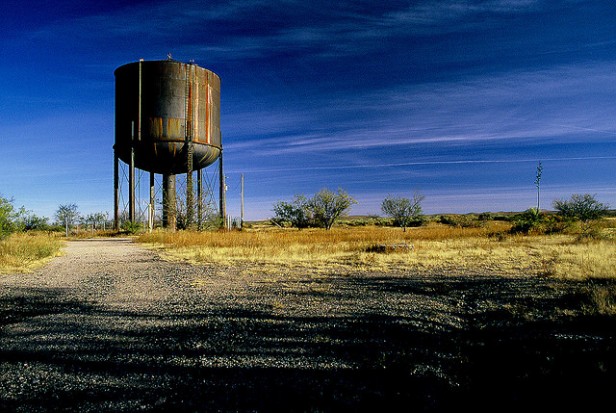IN SEPTEMBER 2010, a company of U.S. Marines entered Sangin District, an area in Afghanistan’s Helmand province that had seen some of the most intense, protracted fighting of the war. Their mission was to relieve British forces and launch an aggressive effort to clear and calm the area, which was, as the military is wont to say, “highly kinetic.” India Company, from the 3rd Battalion, 5th Marine Regiment, lost more than two dozen soldiers in the first four months of combat.
Secure · Tax deductible · Takes 45 SecondsSecure · Tax deductible · Takes 45 SecondsEarly on in the fighting, First Lieutenant Josef Patterson, India 3/5’s second platoon commander, took a small force south to clear a route into the Sangin River Valley. They established a patrol base, but for two months the area remained so volatile that fuel convoys couldn’t reach it. Without fuel or battery resupply, the team could have been left with no way to run generators or power radios or computers—a potentially crippling situation. Even in smaller numbers, today’s Marines are considerably more lethal than their predecessors, mostly due to the flexibility enabled by constant connectivity. As Patterson later explained, “If I don’t have comm with my troops and my higher-ups, I am lost.”
But the soldiers of India 3/5 had another source of power: the sun.
That is the beginning of my new piece in Outside magazine on Marine Corps efforts to deploy renewables and energy efficiency on the front lines. I hope you’ll click over and read the whole thing. (Better yet, pick up a copy at your local newsstand!)
This was a fascinating piece to work on for a number of reasons, some of which I may get into later. Here I just want to surface one of the big questions — maybe the big question — implicit in the piece.
A couple years ago, the Marines created an Expeditionary Energy Office, run by Col. Bob “Brutus” Charette, with the mandate to reduce fuel use in the field 50 percent by 2025. The cost is, if not irrelevant, at least secondary. Why? The short answer is, lots and lots of Marines are getting killed protecting convoys and the “tether of fuel” is restricting the range and speed of fighting units. Charette’s mandate is entirely about battlefield performance: finding ways for Marines to power themselves, and keep themselves hydrated, with fewer convoys.
For the Marines, the mission comes first, cost second. It is, suffice to say, a sharp contrast with the hidebound, cost-obsessed, tentative, inconsistent steps the rest of the government has taken.
What if some of that Marine ethos was ported to the rest of the culture? It’s not necessarily that cost-benefit analysis could or should be done away with entirely, but that in today’s politics it has become a tool used by status quo interests to suppress momentum toward change. We have elevated cost over mission.
What if we decided our mission was leaving the next generation the best possible biophysical inheritance — and that our performance toward that goal, not the incremental cost of each step (or the expected costs 30 years out), was the most important metric? What if we decided that doing the right thing is worth doing, not because it’s a few pennies cheaper than the wrong thing, or only a few pennies more, but simply because it’s the right thing?





